One of the ways that years are enumerated in China is to use a cycle of sixty based on the ‘Ten Heavenly Stems and Twelve Earthly Branches’ 天干地支. The twelve earthly branches are associated with the twelve-year cycle of animals that begins with the rat, before moving on to ox, tiger, and so on. The first of the ten heavenly stems, jia 甲, is paired with the first of these earthly branches, known as zi 子, the second, yi 乙, with the second, chou 丑, and so on until the first stem comes around again — only this time it is paired with the eleventh branch xu 戌. Thus year one is a jiazi year, year two is an yichou year, but year eleven is a jiaxu year. In one sense this is simply a way of identifying years. But it is also one element of the Chinese system of correlative cosmology by which different stems and branches (and their combinations) have symbolic or predictive meaning.
The year 2020 is a gengzi year, the thirty-seventh in the sexagenary cycle. As these things follow the lunar calendar, it runs from 25 January 2020 (Chinese New Year’s Eve) to 11 February 2021. Each stem is either yin or yang. Geng is the seventh stem and is associated, in this scheme, with yang, and with metal — one of the five elemental phases or elements in Chinese cosmology, the others being wood, earth, fire, and water. Zi is the first branch and is associated with the rat. Thus gengzi years are the years of the yang metal rat.
The bad news is that gengzi years presage disaster. In the popular Chinese imagination these years are always calamitous. In 1840 — the first date usually mentioned — the First Opium War broke out, beginning China’s ‘Century of Humiliation’. The next one, 1900 brought the Boxer Uprising and foreign military intervention, along with the occupation and looting of Beijing. Sixty years later, 1960 saw the high point of the great famine, a result of disastrous government policy, that resulted in tens of millions of excess deaths.



